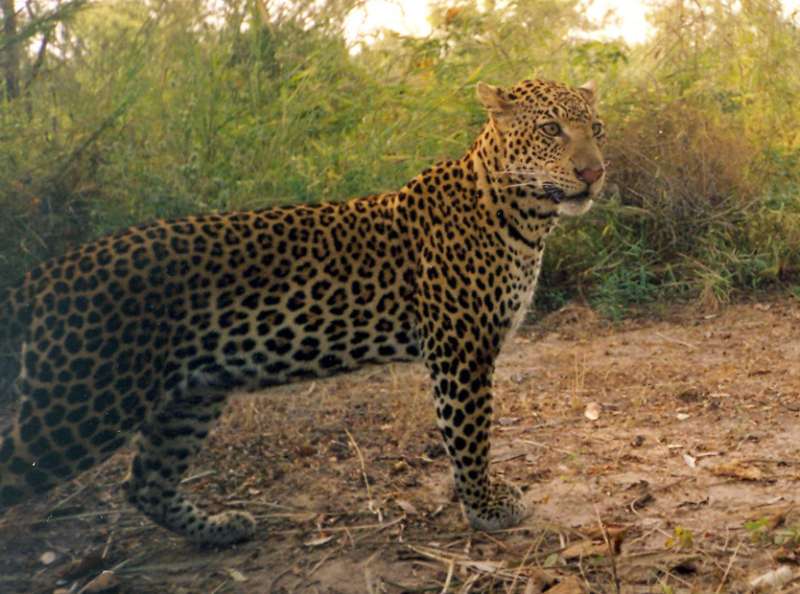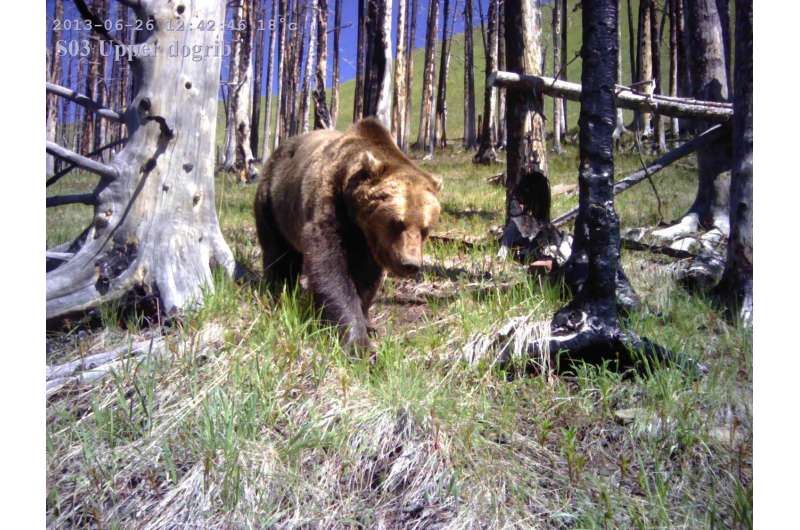Research shows importance of remote cameras as biodiversity tools

University of Montana doctoral candidate Robin Steenweg shows how remote cameras can transform monitoring wildlife and habitat biodiversity worldwide in a paper published Feb. 1 in the journal Frontiers in Ecology and the Environment.
He and study co-authors, including UM Professors Mark Hebblewhite and Jedediah Brodie, call for a global network of remote cameras. The researchers believe a large-scale, connected network that collects and manages data from remote cameras could help meet goals to conserve wildlife and other natural resources.
"There is so much remote camera data being collected out there by both research scientists and citizen scientists, we just need to link it together," Steenweg said. He points to examples such as Snapshot Serengeti and Snapshot Wisconsin, which use citizen-collected, remote-camera data to drive conservation.
Researchers and resource managers currently use remote cameras to monitor wildlife all over the world—an estimated 20,000 cameras in 2015—and more are added daily. Steenweg and colleagues propose regional networks could be pulled together in national and even global biodiversity monitoring systems.
"A hundred years ago, meteorologists went through the same process of building a set of standardized weather stations that now number in the tens of thousands across the world," Hebblewhite said. "Without this network, modern-day climate science would impossible."

The researchers say ecologists already are linking together hundreds of remote wildlife cameras to successfully monitor biodiversity trends at regional scales, and they believe a global collaboration is the next step.
The insights gained from remote cameras are powerful. Cameras have been used to document the first evidence of wolverine recolonization in California, endangered wildlife in Montana like wolverines and fisher, and elk and deer population trends in Idaho as an alternative to expensive aerial helicopter surveys. In the tropics and developing countries where it is difficult to observe or capture wildlife, noninvasive cameras are transforming ecology and conservation.
Hebblewhite points to the Yellowstone and Yukon regions as an example of sharing resources.
"We're linking together hundreds of remote cameras in the Canadian Rocky Mountain national parks so that wildlife managers can track trends of grizzly bears, lynx, wolverine and other sensitive wildlife species," he said.
More information: Robin Steenweg et al, Scaling-up camera traps: monitoring the planet's biodiversity with networks of remote sensors, Frontiers in Ecology and the Environment (2017). DOI: 10.1002/fee.1448
Journal information: Frontiers in Ecology and the Environment
Provided by University of Montana


















